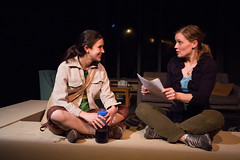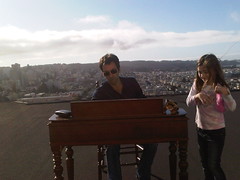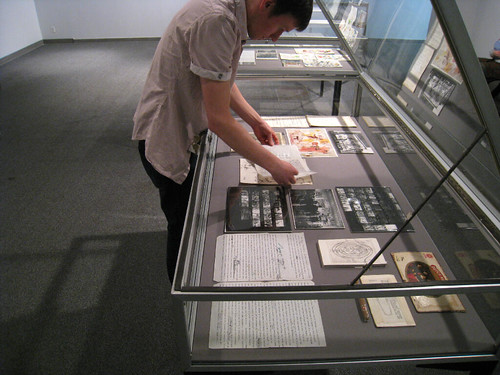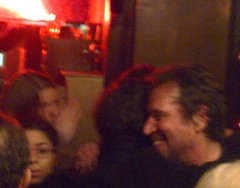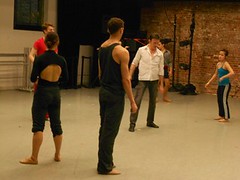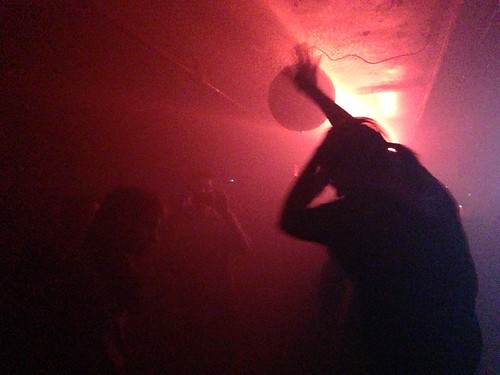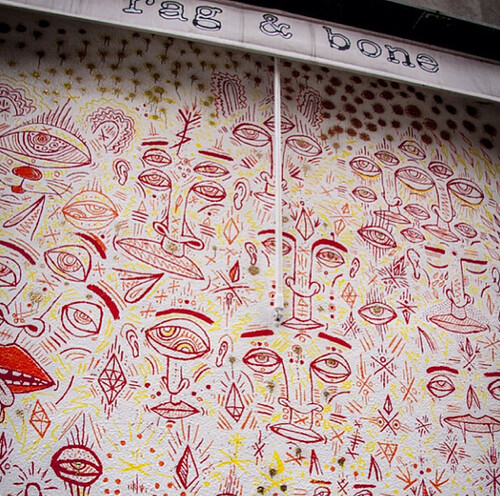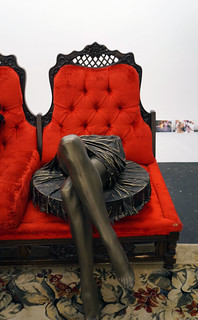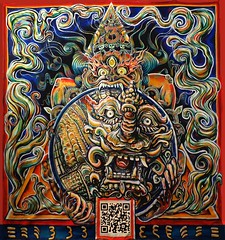William S. Burroughs would’ve turned 99 this month. Portraits of him are currently on display, but Tim Milk, who met the literary lion, thinks they’re not to be believed.
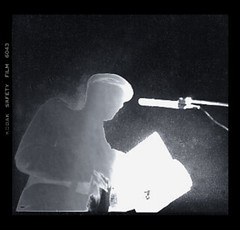 Tim Milk
Tim MilkAsk anyone. They’ll tell you. The invisible man cannot be photographed. I should have known better than to try.
“El hombre invisible,” as he was known in Tangier, ever dodgy and evasive, was infamous for his vanishing acts. Whenever he did appear in the flesh it was a set-up, an illusion, the oldest trick in the book. As a matter of fact the entire extant history of William S. Burroughs is a complete fabrication. All those blurry shots from the 1950s — so evocative of the times, boasting the faces of America’s greatest writers — that was also a sham. That fellow standing next to the Beat Poets in Paris or New York isn’t the real Burroughs. He is nothing but a stand-in, an extra in a documentary film — dim, jerky, faraway.
“Now you see me, now you don’t,” said the last of the great Midwestern story-tellers. Never mind that his stories were phrases drawn at random, or not so random as he preferred it, indicating broadly that chance as a concept did not exist any more than he did. By shredding his manuscripts and reading across, inventing incantations from the results there before him, he could mesmerize the whole room and disappear unnoticed.
Poof.
So you were taken in the same as I was. Well, don’t feel too bad about it. Happens to the best of us. The corner of the photograph that escaped everyone’s attention will swallow us all one day, but not “El Hombre Invisible.”
My quest began in February of 1978, on my initial trip to New York. My digs were a cavernous former workhouse directly across from where Burroughs lived at 222 Bowery. One stormy evening found me there all alone, with the sleet coming down thick and relentless. By nightfall the icy slurry was six inches deep: not a night fit for man or beast.
On the windows across the way the blinds were pulled down. Fitful silhouettes of men played across them, producing a startling film-noir effect. They were drinking, smoking, pacing. One of them jabbed at the air with his cigarette, another nursed himself from a rock glass. Sometimes their shadows would whisk away and vanish for a while, only to loom once again into view.
On the turntable I dropped the needle onto a recording of Burroughs reading “The Chief Smiles,” one of a number of readings on vinyl that were at hand at the loft. Dry-as-gin came his voice, floating out into the dank, cold air. Read more…



